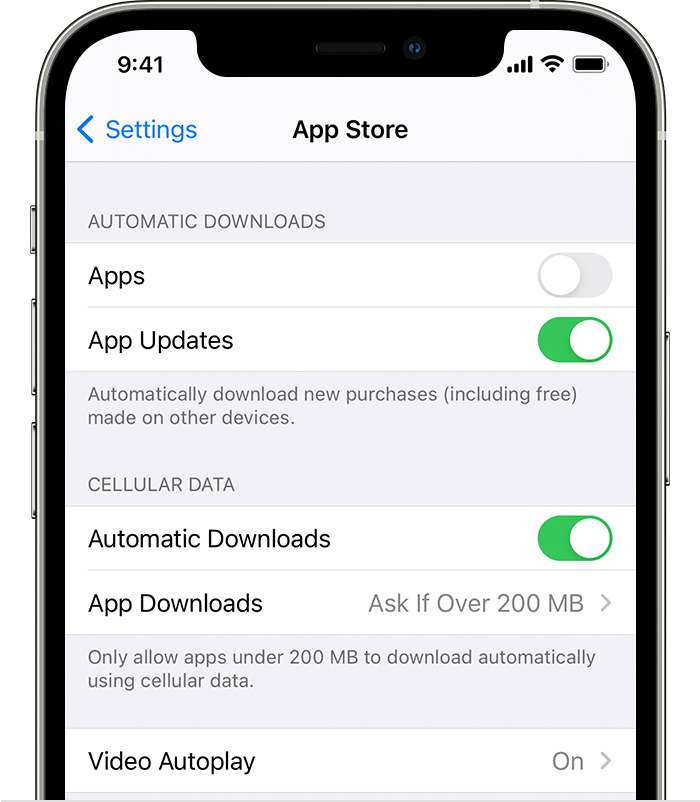
iPhone apps and iPad apps are available without modification on the Mac App Store on Apple silicon Macs, opening new possibilities for users and developers alike. These apps can be optimized to work with keyboards, windows, and touch-input gestures by using existing capabilities that are already available to iPhone and iPad apps. You can even adjust the way they work on Mac by checking for existing capabilities and enabling and disabling features accordingly.
No porting required.
iPhone and iPad apps on the App Store are automatically available on the Mac App Store on Apple silicon Macs, without any modification to the app. There is no porting process — the same frameworks that your apps use on iPhone and iPad are available and tuned just for Mac, taking advantage of the same shared architecture across all three platforms.


How To Download Ios Apps On Macos
How to download apps for Mac. Open the App Store app. Browse or search for the app that you want to download. Click the price or Get button. If you see the 'Open' button instead of a price or Get button, you already bought or downloaded that app. In the App Store, if an app has a Get button instead of a price, the app is free. Pages that say it all. Pages is a powerful word processor that lets you create stunning documents, and comes included with most Apple devices. And with real-time collaboration, your team can work together from anywhere, whether they’re on Mac, iPad, iPhone, or using a PC. See what’s new in Pages. A canvas for creativity.
Optimize for iPhone, iPad, and Mac.
There are features available to iPhone and iPad apps that make it easier for them to run on Mac and improve the overall user experience when run on any of these platforms. For example, adding keyboard support not only enables the primary interface for the Mac, it also supports the growing number of users who use keyboards with their iPads. Supporting iPad Multitasking and Auto Layout lets your app support resizable windows on iPad and Mac. If your app supports standard gesture recognizers for pinch, scroll, rotate, and zoom effects, they will automatically map to appropriate gestures on Mac input devices. Adding support for drag and drop enables a common use pattern on the Mac and makes your iPad app even more versatile. Apps that deal with files can handle files correctly on every platform using the latest Bundle and FileManager APIs. And when you’re ready, you can use Mac Catalyst to create an app that truly takes advantage of everything Mac has to offer.
Makes sense for Mac.
Some apps are optimized to take advantage of features unique to iPhone and iPad. Carefully consider if your app makes sense for Mac and, if so, how it will work. For example, your app might use hardware unique to iPhone and iPad, such as the multi-touch screen, gyroscopes, accelerometers, and depth-sensing cameras. Or it might use frameworks, such as ARKit and CallKit, that are not available on Mac. Decide whether your app depends on these unique features or whether it uses them occasionally. In either case, you can enable and disable features in your app as needed.
On the Mac App Store.
Users can find iPhone and iPad apps right on the Mac App Store. These apps are distinguished by the “Designed for iPhone” and “Designed for iPad” badge next to the app icon. They can be found by browsing curated selections and charts, or by searching and clicking the “iPhone & iPad Apps” toggle at the top of search results.
Ipad Apps On Mac M1

Ipad Apps On Imac
Rating and reviews. The ratings and reviews on the Mac App Store are independent of those on the App Store for iPhone and iPad, so users looking at your app will see reviews only from other users on the same platform.
Universal purchase. If your iPhone or iPad app is available on the Mac App Store, you can later replace it with a Mac version by adding the macOS platform to your app in App Store Connect. Existing users of your iPhone or iPad app on Mac will then receive the new Mac app as an update. If your iPhone or iPad app already offers a Mac app as part of a universal purchase, the option to offer the iPhone or iPad app on the Mac App Store will not be available.
Manage your app.
Managing Mac App Store availability. By default, your apps are published automatically on the Mac App Store. If you determine that your app does not make sense on Mac, you can edit its availability at any time in App Store Connect.
Verify your app on macOS. iPhone and iPad apps on the Mac App Store are labeled as “Not verified for macOS” by default. Once you’ve tested your app on an Apple silicon Mac to confirm that it runs well, you can verify its compatibility in App Store Connect to remove this label on the Mac App Store.
App Analytics. Determine how many product page views, downloads, and sales your app receives on the Mac platform using App Analytics in App Store Connect.